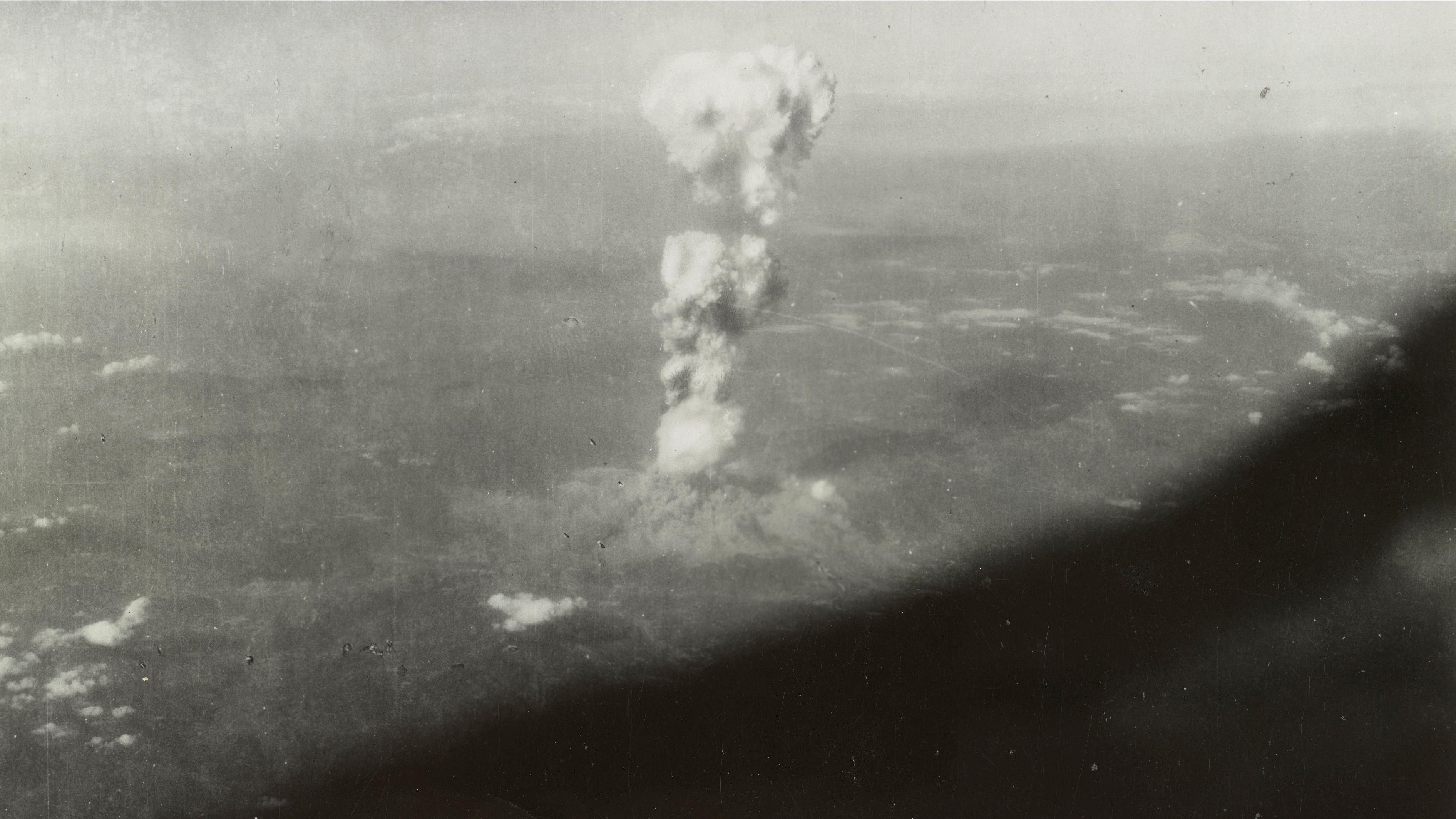
Smoke billows 20,000 feet (6,100 metres) after an atomic bomb codenamed 'Little Boy' exploded after being dropped by a US Army Air Force B-29 bomber named Enola Gay over Hiroshima, Japan August 6, 1945.
Credit: Reuters File Photo
For Avery Lockett, Peace Park is usually a place where he goes to relax, meditate and feel closer to his family. But when he went there Friday, he broke down and cried.
Since 1990, Peace Park in Seattle has displayed a lifelike statue of Sadako Sasaki, a 12-year-old girl who died from cancer likely caused by the atomic bomb that the United States dropped on Hiroshima, Japan, in 1945.
On Friday morning, Lockett discovered someone had stolen the statue, leaving behind only Sasaki’s cleanly severed feet.
The Seattle Police Department said it was investigating. Community members presume it was taken because a thief saw monetary value in its bronze cast. It was unclear when the statue was removed, how much it weighed or how it was hauled away.
Just over 5 feet tall, the statue depicts the girl holding an origami crane like one of the many paper cranes she made in the hospital as a wish for health while dying from leukemia in 1955, 10 years after the atomic bomb fell near her home.
Sasaki and her statue in Peace Park, a small swath of land surrounded by three busy streets in Seattle’s University District, have become a symbol of peace in Seattle and around the world.
For Lockett, the statue is family.
His great-great-grandfather, Floyd Schmoe, a Quaker peace activist who died in 2001, conceived of the park and commissioned Darryl Smith to build the statue, according to HistoryLink.org, an online archive of Washington state history.
“I thought that this had been like a personal attack on me,” Lockett, 21, recalled when he saw the statue was stolen. “I am one of the only Schmoe people that are in Washington and the Seattle area that represents still what he’s for and why he even made that statue.”
Experts believe between 150,000 and 246,000 people died in the first few months after the United States dropped atomic bombs on the Japanese cities of Hiroshima and Nagasaki in August 1945. It is unclear how many died directly from the bombs compared with those who died months or years later from the aftereffects, according to the Columbia University Center for Nuclear Studies.
In Japan, Sasaki and her cranes are honored in a monument in Hiroshima. Her statue in Seattle, which has a large Japanese population, is beloved in the community. Residents regularly cover her statue in origami.
“Sadako matters a lot to a lot of people,” said Colleen Kimseylove, the office coordinator of a Seattle Quaker group called University Friends Meeting. “The people who know it love it deeply.”
Statues have long been the subject of vandalism for political reasons.
A statue in Houston honoring women and justice that an anti-abortion group labeled “satanic” was recently vandalized. Statues of Confederate generals have been spray painted or toppled. And someone threw paint at a bust of George Floyd in Union Square in New York City in 2021.
Given that Sasaki is a revered figure who embodies messages like peace and hope, it’s likely the theft was a “business decision,” and not an act of political protest, said Alan Stein, a historian for HistoryLink.org.
“People are stealing this stuff for the bronze value,” Stein said. “They don’t really care what the statue represents. To them, they just see bronze.”
In 2003, someone cut off Sasaki’s arm in Peace Park, The Japan Times reported. Donations allowed for the limb to be repaired. But with the entire body now gone — reminiscent of a bronze statue of Jackie Robinson that was destroyed above the ankles in a park in Kansas this year — this act of vandalism will be harder to fix.
Community members hope the thief has a change of heart and brings Sasaki back.
And if she never returns, Lockett, who has been working as a welder, is offering his services to replace the figure that his great-great-grandfather made possible as an honor to a child hero and his family.